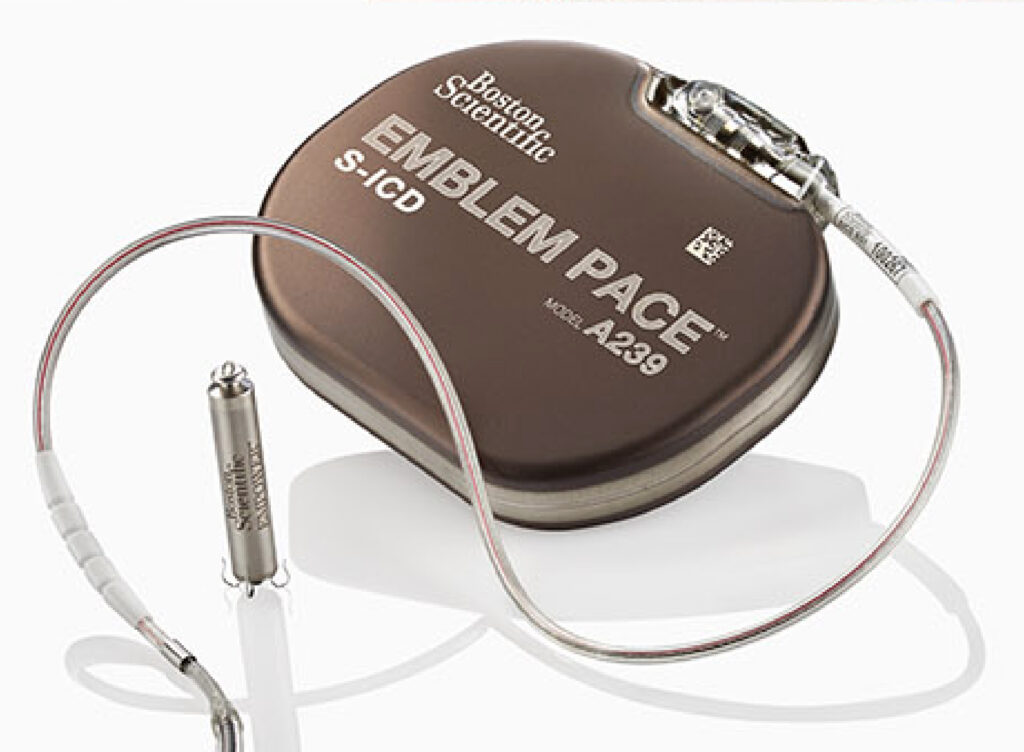In today’s visually driven world, your business will be left behind if you don’t have attention-getting, quality photos and video. But what does it take to get those stunning, eye-catching visuals? In this blog, we’ll answer frequently asked questions about producing great visuals and walk you through the essential steps to create your visual content plan.
Create a Creative Brief
Creating a creative brief is the first and most crucial step in the visual content creation process. It serves as a roadmap, ensuring everyone involved in the project is on the same page. At Gamut One Studios, we have a high client satisfaction rate because we tackle the creative brief questions, in the beginning to ensure alignment and provide a no-surprises estimate.
Whether you’re an experienced creative director or a novice, this checklist will walk you through the key details you’ll want to include:
1. Determine Your Goals for the Visuals
Why do you need the visuals, and what do you want viewers to do or feel when they see them? Should this be done with photos, video, or both? Gamut One Studios can shoot photos and video simultaneously, which can be a considerable time and money saver!
2. Identify Your Audience
Understand your target audience’s interests, needs, and problems to determine what they want from your visuals. Always keep the audience’s needs in mind as you develop the rest of the plan.
3. Define Usage for the Visuals
Determine where and how you intend to use the photos and videos. Will this be on a jumbotron at a sporting event? Will it be on your website or sent out via email? Each visual channel may require different specifications and focus.
4. Review Brand Guidelines
Ensure your visuals align with your company’s brand’s identity, tone, and guidelines. A brand’s identity or personality should shine through in the photos and video, even if it is as simple as a product photo or headshot.
5. Set a Timeline with Defined Deliverables
Specify when you need the final deliverables and work backward to plan the project. Clarify what deliverables you will need, such as headshots for both the website and LinkedIn, product photos for packaging or print, a full 2-minute video, and a 15-second teaser video.
6. Describe the Product or Service
Provide details about the product or service you’re promoting through these visuals.
7. Choose Shooting Locations
Decide where photos and videos will be taken. Keep in mind what your location will portray to your audience. For example, when photographing a catheter or similar medical device, a stainless-steel table looks clean and appropriate for a surgical suite product compared to a kitchen table.
8. Consider Talent or Models
Determine if you need any models or talent for your visuals. Will you use any of your employees, clients, or friends? When using professional talent, it is important to discuss usage rights and understand that it might be an additional expense.
9. Create a Shot List
Outline specific shots or scenes you want to capture during the shoot. Details should include what is in the picture, where it will be shot, and the people, surroundings/backgrounds, and props needed to make it work.
10. For Video: Include video-specific elements
If you’re creating a video, don’t forget about elements like voiceovers, music, on-screen text, and graphics. These components will enhance the overall impact of your video content. Elements such as animated logos or call-to-action graphics should be used consistently to create a strong brand for your video library. At Gamut One Studios, in addition to filming, we can create all these elements to help you efficiently produce a complete and impactful video.



Now that you know what you want from your visuals, how do you get it done?
Once you are comfortable with your goals for the new visuals, there are some simple steps that we’ve found successful for our clients. Warning! These are simple, but not without some kind of time commitment.
Set Your Budget
Setting a budget is a critical and often confusing step in the visual production process. If you haven’t done many video or photo shoots, you may not know what to expect. And, even if you are an expert, each project is unique and can and should have a different cost. Connect with colleagues and trusted vendors to learn some market-rate costs. Feel free to share your budget with the photographer and videographer. A reputable and experienced studio will tell you if your budget is reasonable.
Remember that accurate project estimates are essential to avoid surprises when the invoices arrive. At Gamut One, we strive to provide estimates that closely align with the final costs and often ask many questions before we send an estimate. Our estimates include line items and often have multiple solutions to show you how to get the most out of your budget.
Assemble Your Team
Identifying your internal and external partners is essential for a successful visual content project. Consider who will be involved from your organization and which external partners you’ll need, such as photographers, videographers, ad agencies, or freelancers. At Gamut One Studios, we will provide the entire team from creative concept through final file delivery and everywhere in between. Beyond shooting and editing, some of our services can include location scouts, stylists, talent booking, animation, and more.



Seek Out Examples of Work You Like
To ensure that your team is aligned and understands your vision, provide examples of work that you admire. These references can serve as a visual guide for your project, helping everyone unite on the style and tone you’re aiming for.
Meet with the Team and Build Your Timeline
Once you’ve identified your creative partners, schedule meetings to discuss the details, share your creative brief, and seek their input and expertise. This collaborative approach can lead to better results and a smoother workflow. Confirm availability for all team members and collaboratively build a timeline working backward from your due dates.
Create a Shoot Day Plan with Backup Options
Prepare a detailed plan for the shoot day, including a schedule, locations, and prioritized shot list. Flexibility and preparation are key as unforeseen challenges can disrupt even the most meticulously planned projects, so it’s important to have contingency plans in place, especially for things such as talent, location, and products.



Attend the Shoot
Be present during the shoot to provide input, answer questions, and ensure the creative vision aligns with your goals. Your presence can make a significant difference in the outcome of the project.
Provide Feedback
After the shoot, review the photos and videos and provide feedback to the photographer or videographer. If you need to have multiple team members review and critique the work, be sure to plan for that in your timeline. It is helpful for one person to compile all edits and suggestions before providing them to the photographer or videographer.
By following these steps and crafting a comprehensive creative brief, you can confidently navigate the world of visual content creation. Whether promoting a product, service, or corporate brand, the right visuals can captivate your audience and achieve your marketing goals.
Long-time Medical Alley member, Gamut One Studios is a full-service videography and photography studio with unique expertise in the medical and life sciences industries. Our industry experience runs the gamut! Daily, you will find us shooting the latest medical device technology in studio, producing corporate videos, filming product demonstrations, photographing industry leaders, capturing client or patient video testimonials, and much more!
We always enjoy answering questions about photos and videos. Just contact us, and we’ll be happy to share ideas for producing powerful photos and videos for your brand. Jill@Gamut1Studios.com

